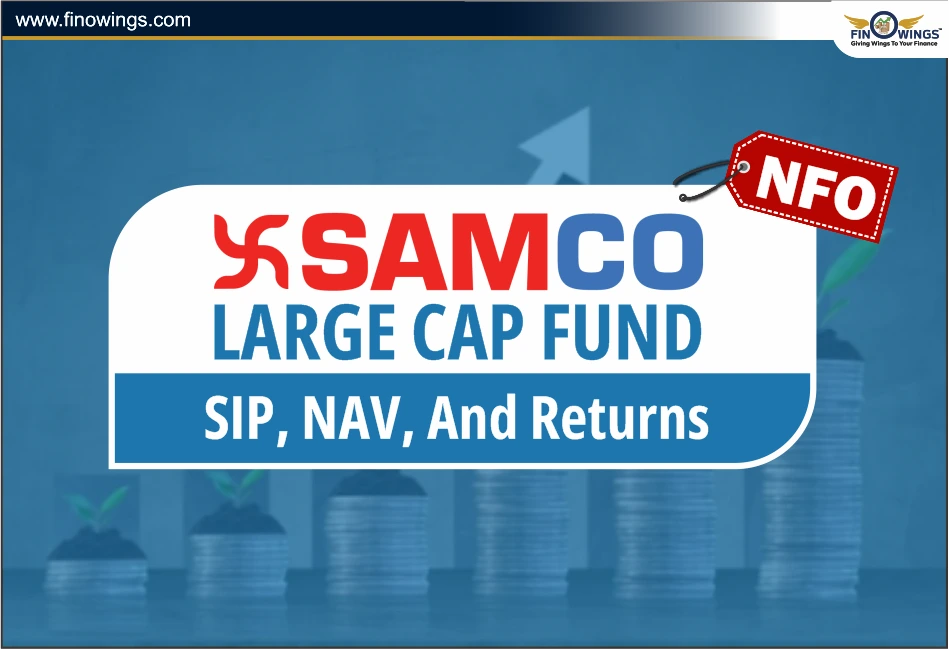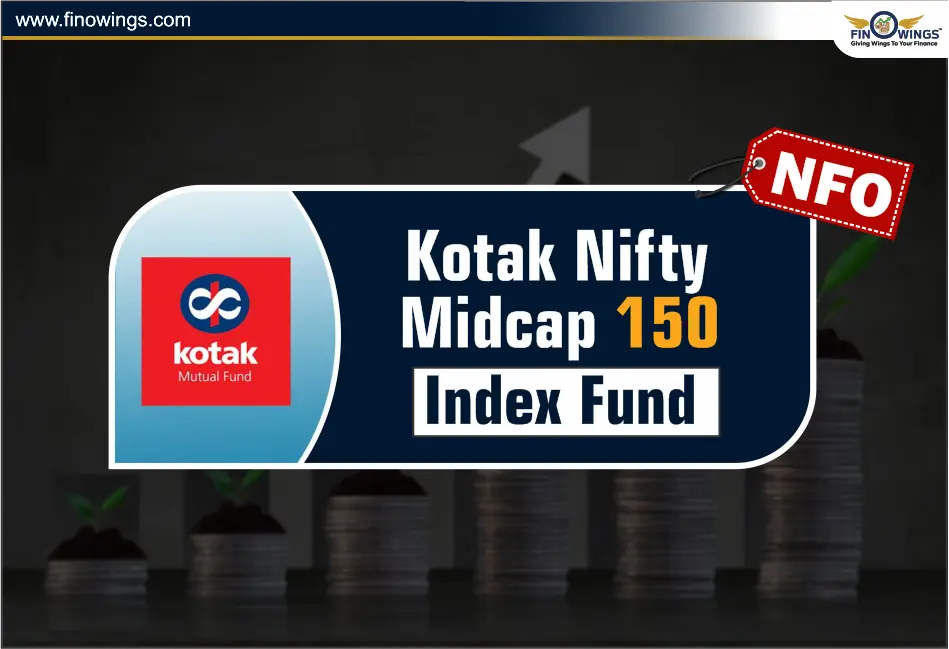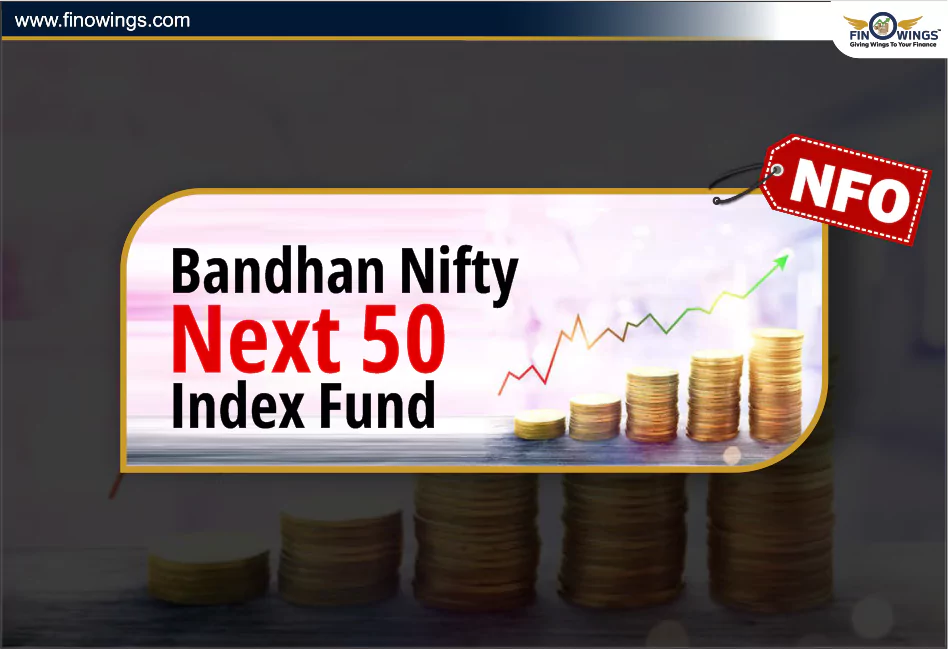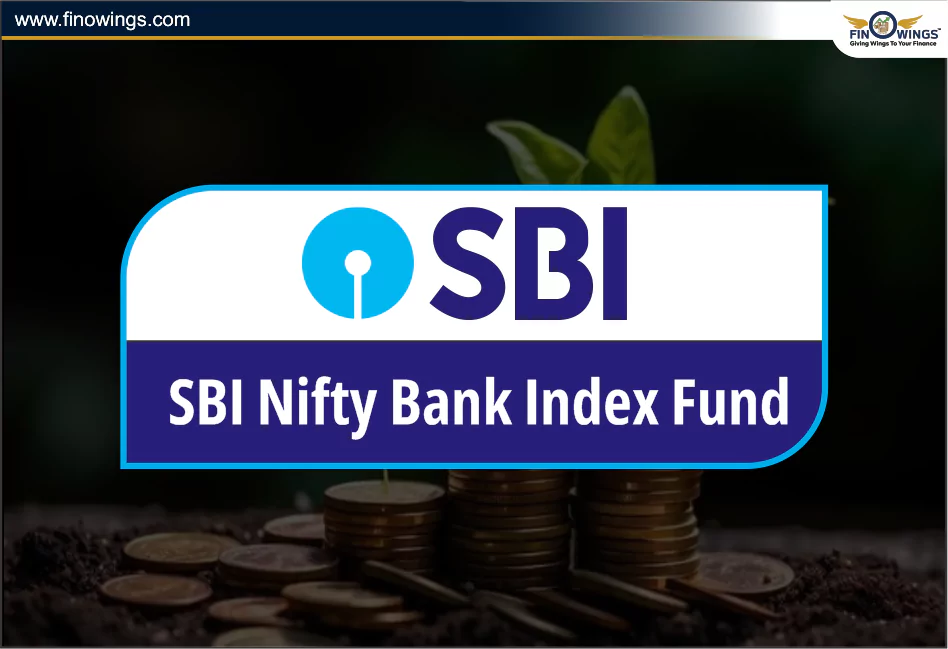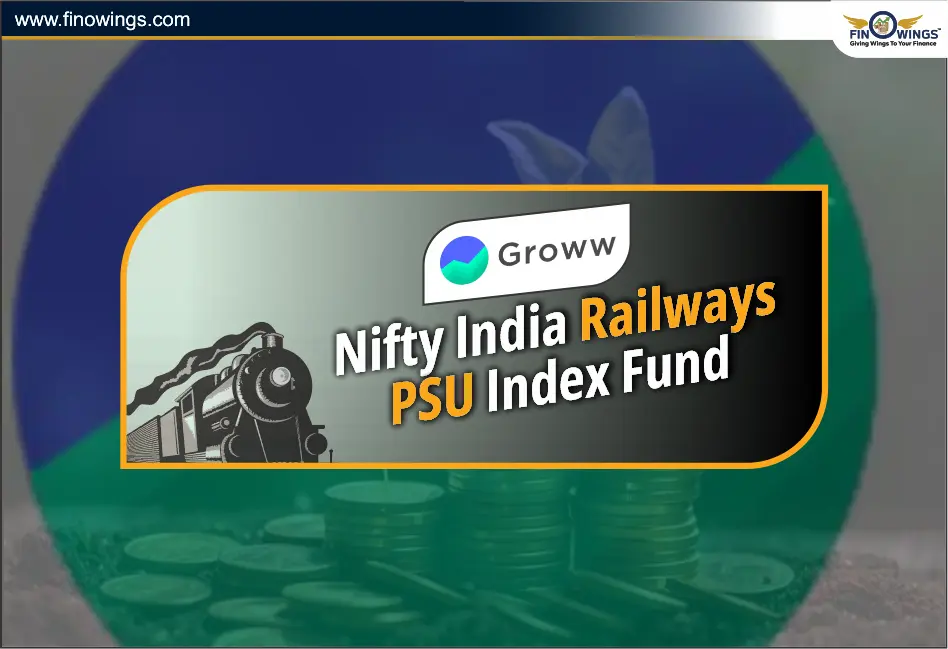Home >> Blog >> Bank of India Mutual Fund launches Business Cycle Fund- NFO
Bank of India Mutual Fund launches Business Cycle Fund- NFO
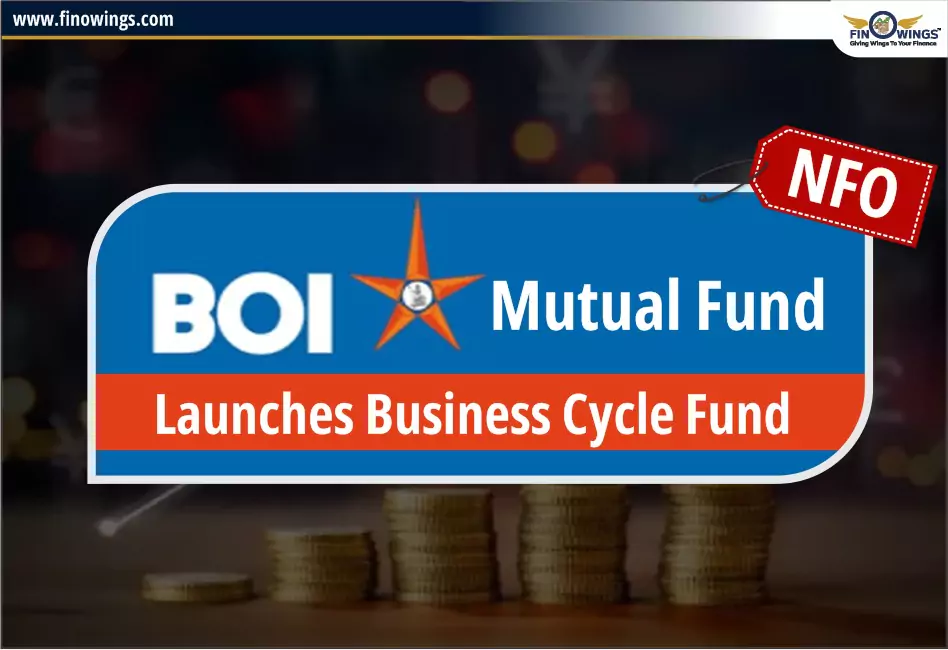
Table of Contents
- Bank of India Business Cycle Fund: Complete Overview
- Bank of India Business Cycle Fund NFO Details
- Fund Overview
- How To Invest In The NFO After The Closure Date?
- The Objective Of The Fund
- Peers of Bank of India Business Cycle Fund
- Risk Factors In Such Funds
- Past Performance of Equity / Thematic Funds
- Bank of India Business Cycle Fund NFO-Who Can Invest?
- Bank of India Business Cycle Fund NFO-Growth Fund Managers:
- Conclusion
Bank of India Business Cycle Fund: Complete Overview
Bank of India Mutual Fund launches “Bank of India Business Cycle Fund”. It is an open-ended equity scheme that follows a business cycle-based investing sectoral/theme. The New Fund Offer (NFO) date is from August 09 to August 23, 2024, with an NFO price of Rs.5000 and in multiples of Rs.1 having an Exit Load of 1% if units are redeemed within 90 days.
After Edelweiss Business Cycle Fund generated more than Rs.1800 crore through its NFO last month and Motilal Oswal Business Cycle Fund NFO is currently going in the same theme, now Bank of India Business Cycle Fund is ready to win the stage.
To learn about the Fund's asset allocation, and other financial characteristics that influence decision-making, carefully read this blog.
Bank of India Business Cycle Fund NFO Details
The scheme is suitable for investors who want to achieve capital appreciation over a long time and seeking to invest in equity and equity-related instruments with the goal of managing business cycles by dynamically allocating capital across different stocks and sectors at different economic cycle stages. The scheme is a very high-risk scheme. There is no assurance that the scheme's investment goal will be met.
The scheme will invest 80-100% of its units in Equity and Equity-related instruments of business cycle themes, 0-20% in debt and money market instruments, and 0-10% in REIT and InvIT units.
Click Here To Stay Updated With The Latest NFOs.
Fund Overview
The minimum subscription amount is set at Rs.5000 and in multiples of Rs.1 thereof.
|
Start Date |
09 August 2024 |
|
End Date |
23 August 2024 |
|
Allotment Date / Subscription Date |
02 September 2024. |
|
VRO rating |
- |
|
Expense ratio |
Nil |
|
Exit load |
1% if redeemed within 90 days |
|
AUM |
Rs.9,097.1 Cr (as of 30 Jun 2024) |
|
Lock-in |
NA |
|
Stamp Duty |
0.005% (From July 1st 2020) |
|
Benchmark |
NIFTY 500 TRI. |
|
Min. Investment |
Rs.5000 and in multiple of Rs.1 |
|
Risk |
Very High |
|
Short-term capital gains (STCG) |
For less than 1 year, a 20% tax is applicable. |
|
Long-term capital gains (LTCG) |
For more than 1 year, a 12.50% Tax is applicable above the gain of Rs.1.25 lac. |
How To Invest In The NFO After The Closure Date?
If you have missed participating in the NFO and now want to invest in the same Scheme on a continuous basis, then on September 02, 2024, when the Scheme will reopen; you will have the option to participate and invest directly in the Mutual Fund by spending at NAV based price by logging on to your Demat account and search for “Bank of India Business Cycle Fund” or directly with the AMC simply click the ‘banner’ below
The Objective Of The Fund
The Scheme intends to invest in capital appreciation over a long time by predominantly investing in equity and equity-related instruments with the goal of managing business cycles by dynamically allocating capital across different stocks and sectors at different economic cycle stages. Nevertheless, there can be no assurance or guarantee that the scheme's investment goals will be met.
Asset allocation (% of Net Assets) of the Scheme's portfolio will be as follows:
|
Types of Instruments |
Minimum Allocation (% of Net Assets) |
Maximum Allocation (% of Net Assets) |
Risks Profile |
|
Equity and Equity-related instruments of business cycle themes |
80 |
100 |
Very High |
|
Debt and money market instruments |
0 |
20 |
Low to Medium |
|
REITs & InvITs Units |
0 |
10 |
Very High |
Peers of Bank of India Business Cycle Fund
|
Scheme |
1Y Return |
AUM (Rs.) |
|
HSBC Business Cycles Fund |
45.13% |
924.97 Cr. |
|
ICICI Prudential Business Cycle Fund |
42.04% |
10893.02 Cr. |
|
Tata Business Cycle Fund |
45.05% |
2572.99 Cr. |
|
Kotak Business Cycle Fund |
34.41% |
2620.03 Cr. |
|
Baroda BNP Paribas Business Cycle Fund |
41.43% |
568.27 Cr. |
Since this scheme is a new scheme, hence no comparable data on its past performance against its peers is available.
Risk Factors In Such Funds
-
The Scheme's NAV will change in response to stock market fluctuations. The Investor could lose capital over a short or long period of time due to fluctuations in the Scheme's NAV as a result of variables such as company performance.
-
Investing in a thematic fund is predicated on the idea that the fund will look to invest in businesses that are part of a group of sectors that gain from the theme. This will restrict the Fund's capacity to make investments in certain other sectors. Due to the thematic nature of the Fund, concentration risk is anticipated to be significant since it will be impacted by the risks related to the Business Cycle theme.
-
A minimum of 80% of the net assets of the scheme will be allocated to equities and equity-related instruments, with a particular emphasis on stocks that represent the business cycle concept. Because the Scheme is thematic, the risks related to the business cycle theme will have an impact on it.
-
Investments in REITs and InvITs may be subject to reinvestment risk since the Trusts may repatriate cash in the form of unit buybacks or IDCW payouts, among other things. As a result, the profits may be invested in assets that provide lesser yields.
-
The investment in the scheme could increase or decrease based on a variety of variables and pressures affecting the debt and capital markets, as well as changes in the interest rate, price, and value of the securities in which the scheme invests.
Past Performance of Equity / Thematic Funds
|
Equity / Thematic Funds |
NAV (Rs.) |
Annualised Return |
Return / Risk |
|
ICICI Prudential Business Cycle Fund-Regular Plan-Growth |
22.64 |
42.04% |
Very High Risk |
|
TATA Business Cycle Fund |
20.51 |
46.4% |
Very High Risk |
|
Quant Business Cycle Fund Regular-Growth |
18.32 |
61.89% |
Very High Risk |
Bank of India Business Cycle Fund NFO-Who Can Invest?
This Fund is ideal for those who want to achieve capital appreciation over a long time and seeking to invest predominantly in equity and equity-related instruments selected based on the business cycles by dynamically allocating capital across different stocks and sectors at different economic cycle stages.
Bank of India Business Cycle Fund NFO-Growth Fund Managers:
-
Alok Singh
Conclusion
Investing in stocks that are in line with economic cycles is possible through the Bank of India Business Cycle Fund. It is appropriate for investors aiming for long-term growth through selective sectoral allocation because of its high-risk profile. Always assess your Financial Goals, Risk tolerance, time horizon, etc. before making an investment decision.
Disclaimer: This NFO analysis is provided solely for informative reasons and should not be construed as investment advice. Always conduct research and talk with a financial advisor before investing.
Frequently Asked Questions
The NAV of this Fund during the NFO period is Rs.10 and would be changed after the NFO period and it would be updated on its AMC’s website and AMF’s website.
NAV expands as Net Assets Value.
The starting date of the NFO is August 9, 2024.
The end date of the NFO is 23 August 2024.
The NFO's Fund Manager is Alok Singh.
The minimum investment for the Scheme is Rs.5000 and in multiple of Rs.1.













